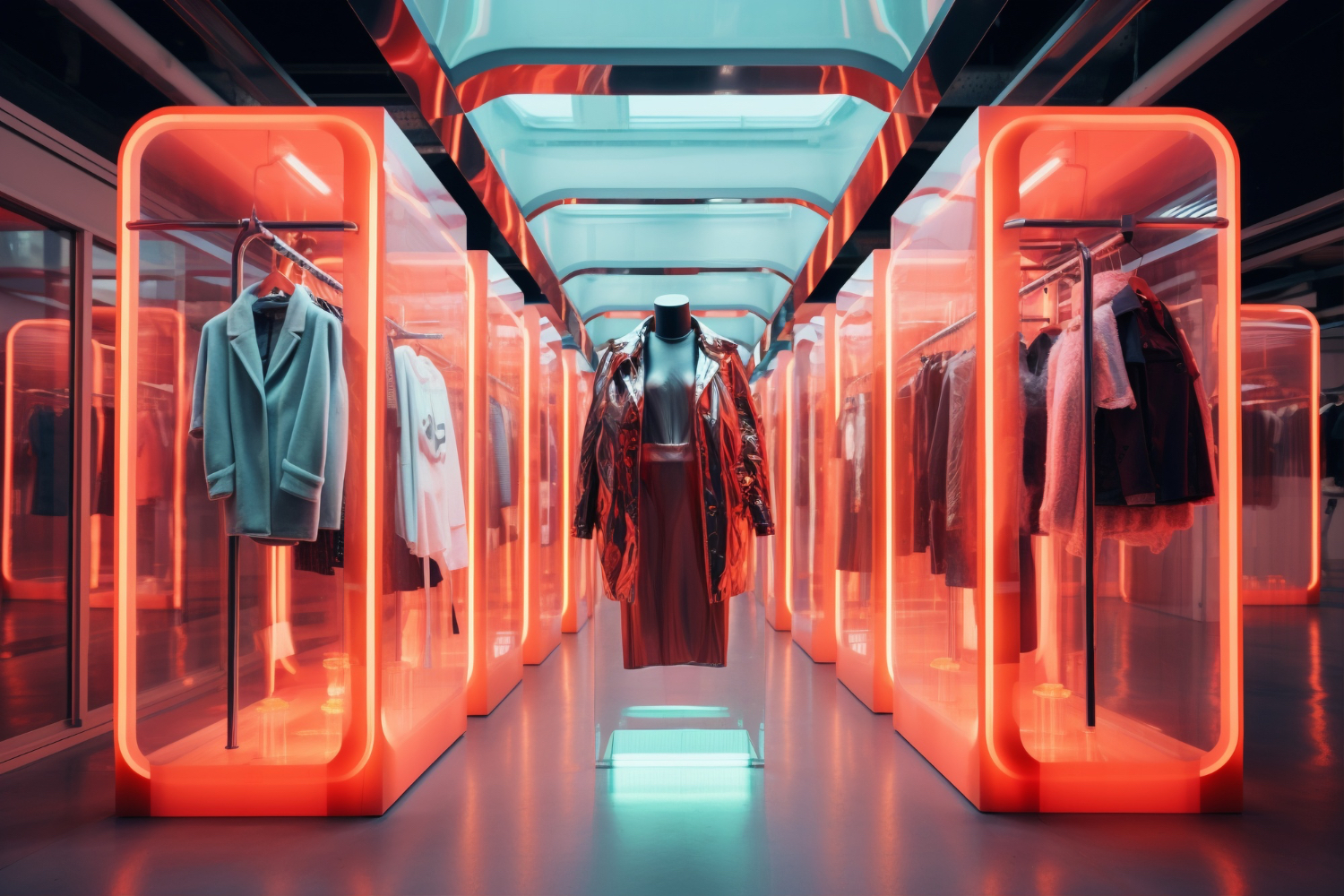Top 5 Use Cases of Augmented Reality for eCommerce

A user's perspective of the actual world is improved by augmented reality (AR), a technology that does this by superimposing digital data on top of it. This may be done via a gadget like a smartphone, or tablet; or specialist tools like head-mounted displays. To state clearly, augmented reality (AR) is a technology that overlays digital information, such as images, videos, and 3D models, on top of the user's real-world view.
Digital information may be utilized for a broad range of purposes, including entertainment, education, training, and commerce. It can be in the form of photographs, videos, texts, 3D models, or other media. Users may move about and observe the actual environment while interacting in real-time with digital information using augmented reality, creating an immersive experience.
In the realm of eCommerce, AR has the potential to revolutionize the way customers shop and interact with products. Here are the top five use cases for AR in eCommerce:
1. Virtual Try-On for Footwear
With the use of a smartphone, tablet, or specialized gear like a head-mounted display, users can virtually try on shoes, clothing, accessories, and other fashion goods. This is an application of augmented reality known as “AR virtual try-on”. The device's camera captures the user's picture and displays the virtual item on top of it in real time, superimposing a digital image of the object over the user's body.
In order to precisely monitor the user's motions and adapt the virtual object to the user's body form and size, virtual try-on technology employs computer vision and machine learning techniques. In comparison to a static image or video, this enables the viewer to see how the item appears on them from multiple angles and in varied lighting circumstances. You can also find out what sets artlabs virtual try-on technology apart from others in this Medium post.
 By enabling customers to digitally try on clothing and accessories before making a purchase, virtual try-on is a tool that fashion merchants may utilize to improve the online shopping experience. Double-digit increases in conversion rates are possible in this case, in fact, artlabs users saw up to a 71% increase in conversion rates with our virtual try-on solution. Impressive, right?
By enabling customers to digitally try on clothing and accessories before making a purchase, virtual try-on is a tool that fashion merchants may utilize to improve the online shopping experience. Double-digit increases in conversion rates are possible in this case, in fact, artlabs users saw up to a 71% increase in conversion rates with our virtual try-on solution. Impressive, right?
2. Product Visualization
Product visualization is an application of augmented reality (AR) that lets people preview how a product will appear or work in the real world before it is ever made accessible. A smartphone, tablet, or specialist tools like a head-mounted display can be used for this experience. The technique overlays digital pictures of a product over the user's perspective of the real-world surroundings using computer vision, 3D modeling, and rendering. Several sectors, including retail, interior design, automobile, furniture, and home appliances, can benefit from product visualization. It can help businesses boost sales, lower the number of returns for unfit products, and enhance consumer engagement.
 3. Product Assembly
3. Product Assembly
AR can be used to provide customers with step-by-step instructions for assembling a product. This can be especially useful for products that are complex to assemble, such as furniture or bicycles. By using AR, customers can see a virtual representation of the product and be guided through the assembly process.
4. In-Store Experiences
AR can be used to enhance the in-store shopping experience. Retailers can use AR to create virtual displays and product demonstrations that can be accessed by customers using their smartphones or a tablet. This can help to increase customer engagement and make the shopping experience more interactive and fun.
5. Gamification
And finally, AR can be used to create interactive and engaging shopping experiences. Retailers can use AR to create games and quizzes that customers can participate in to win discounts or prizes. This can help to increase customer engagement and make the shopping experience more fun.
The use of AR in eCommerce has already started to gain momentum, and its potential is enormous. From virtual try-on to creating immersive in-store experiences and gamification, AR can revolutionize the way customers interact with products and shop online. Retailers who adopt AR early on will have a competitive advantage in the marketplace and be better positioned to attract and retain customers in the future.
artlabs has gone above and beyond to create a seamless transition for retailers who wish to adopt this business strategy because this is a trend consumers are getting connected to, which would go a long way in increasing sales for brands who utilize this opportunity. To see how you can scale your business by entering the magical world of 3D & AR, you can contact our team today.












